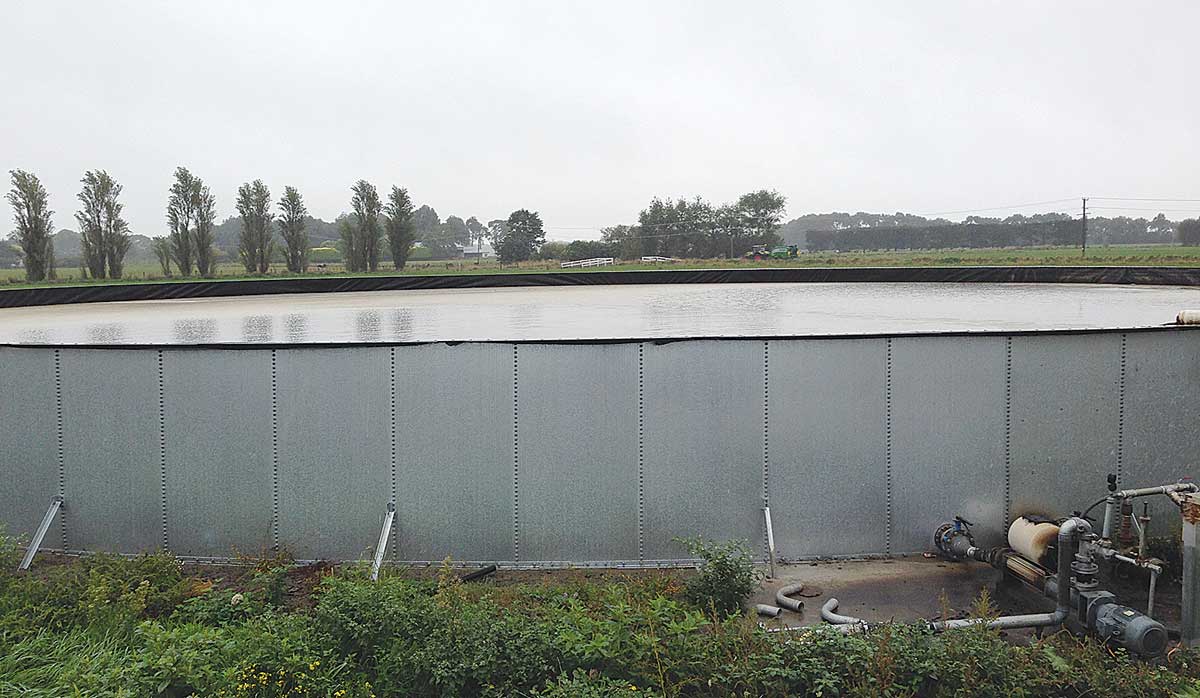Waikato dairy effluent breaches lead to $108,000 in fines
Two farmers and two farming companies were recently convicted and fined a total of $108,000 for environmental offending.
Soil properties should be weighed up when applying effluent, explains Bala Tikkisetty, sustainable agriculture advisor (technical) at Waikato Regional Council.
Farmers agree there is an absolute need to work together to address water quality needs and achieve the objectives of the Government-initiated National Policy Statement for Freshwater Management.
Dairy effluent can be a great resource for nutrients, but if application isn’t managed properly it can also be a significant source of contaminants and nutrient leaching and run off that can seriously impair the health of waterways.
Soil properties should be weighed up when applying effluent to pasture to maximise nutrient benefits and the protection of waterways. Soil texture and structure determine the amount of water that can enter and be retained within a particular soil, and the rate of transmission of excess water through that soil.
So, effluent irrigation systems should be matched to soil properties to minimise run off and leaching.
Run off
The rate at which effluent can infiltrate soil must be adequate to avoid run off into waterways.
The nature of the effluent and cattle treading on soils can affect the infiltration rate. Treading damage, which occurs most when the soils are wet, significantly reduces infiltration rate. For some soils this can result in accumulation of effluent below slopes and in intersecting hollows. It can then enter surface waterways.
Movement of water through soil pores is generally described as hydraulic conductivity. When hydraulic conductivity of the soil is low, irrigation of effluent will result in ponding and run off once the total water capacity of the soil is exceeded or if application rates exceed infiltration rates.
Low rates of hydraulic conductivity are found in soils that are poorly drained, and ponding and run off often occur with high rainfall. Many of these soils are artificially drained to reduce the incidence of ponding and waterlogging.
 |
|---|
|
Effluent irrigation systems should be matched to soil properties to minimise run off and leaching. |
Leaching
Leaching occurs in response to movement of excess water from the soil, meaning soils with lower water-holding capacity are more susceptible to leaching. Conversely, soils with high water-holding capacity (deep silt loams) can store significant quantities of effluent.
Most soils have moderate water-holding capacities.
The soils that have low available water-holding capacities are the shallow to moderately deep soils, as well as sandy or stony soils.
Generally speaking, lower water-holding capacities are the result of restricted rooting depths due to the shallow nature of the soils and high water tables.
Effluent irrigation on these soils is likely to result in leaching.
Drainage and the level of biological activity of the soil at the application site are important. Aim to apply effluent at a rate that keeps it in the root zone so that the nutrients can be utilised by pasture.
Permeable soils with a deep water table and no drainage limitations are best for putting effluent on. However, on stony soils the risk of effluent draining directly to groundwater would be an issue to consider. In such situations, application depths and rates should be adjusted to account for this risk.
Bypass flow
When effluent application rates are higher than infiltration rates, water can enter continuous macro-pores that are open at the soil surface, and then move very rapidly via so-called “bypass flow” through a relatively dry soil matrix.
This means little opportunity for the water to be retained within the root zone and high leaching of nitrate is likely to occur.
• Bala Tikkisetty is a sustainable agriculture advisor (technical) at Waikato Regional Council.
Dairy prices have jumped in the overnight Global Dairy Trade (GDT) auction, breaking a five-month negative streak.
Alliance Group chief executive Willie Wiese is leaving the company after three years in the role.
A booklet produced in 2025 by the Rotoiti 15 trust, Department of Conservation and Scion – now part of the Bioeconomy Science Institute – aims to help people identify insect pests and diseases.
A Taranaki farmer and livestock agent who illegally swapped NAIT tags from cows infected with a bovine disease in an attempt to sell the cows has been fined $15,000.
Bill and Michelle Burgess had an eye-opening realisation when they produced the same with fewer cows.
It was love that first led Leah Prankerd to dairying. Decades later, it's her passion for the industry keeping her there, supporting, and inspiring farmers across the region.
President Donald Trump’s decision to impose tariffs on imports into the US is doing good things for global trade, according…
Seen a giant cheese roll rolling along Southland’s roads?